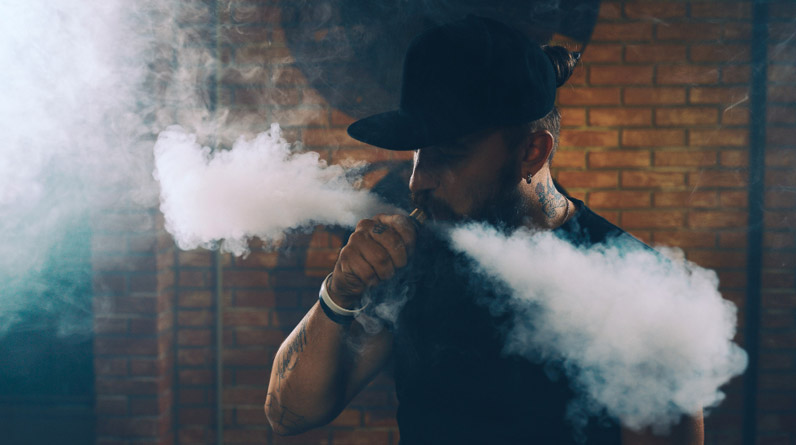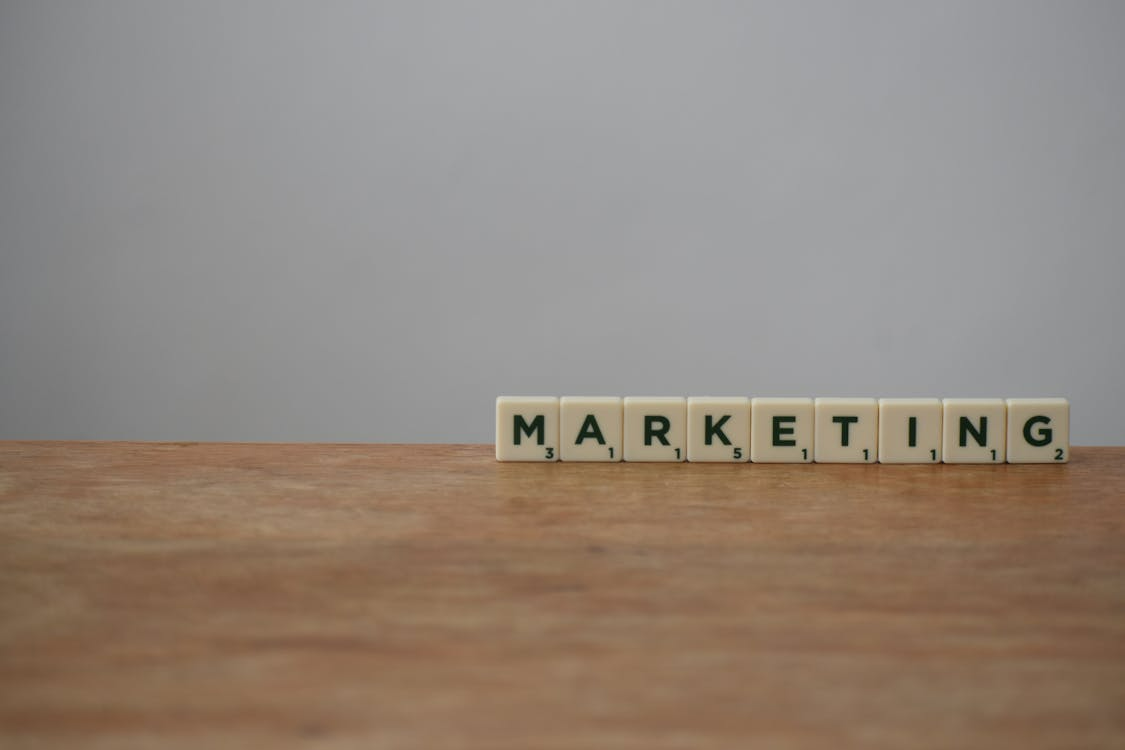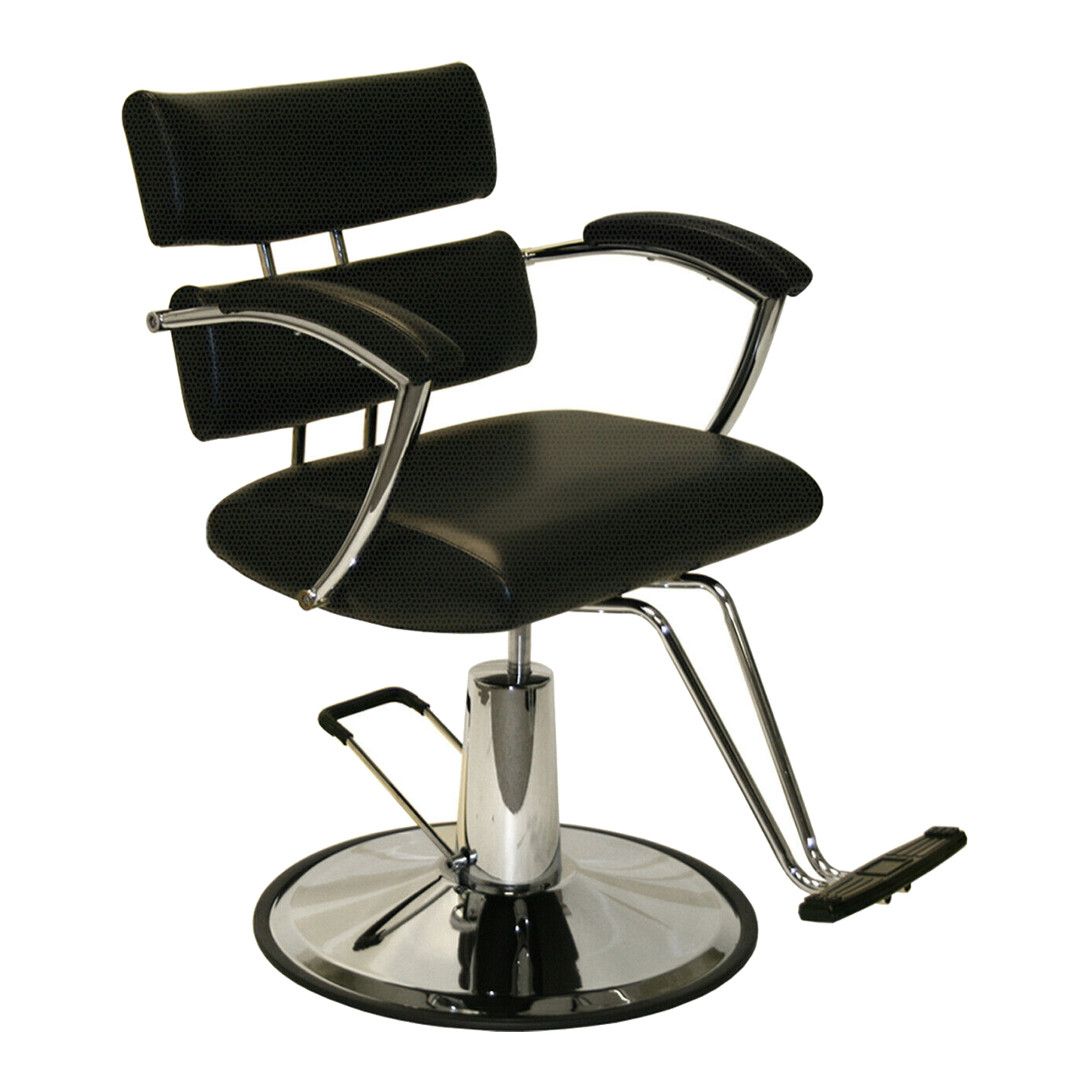Guaranteeing that your house is protected from fire perils is essential for the security of your family and property. Obtaining a Fire Safety Certificate through a home fire safety audit is a proactive step you can take to identify and address potential fire risks.Leading your own fire security review can appear to be overwhelming, yet with the right methodology, it tends to be a direct and successful method for protecting your home. In this blog, we will walk you through how to conduct your own home fire safety audit and what to look for during the process.
Preparing for the Audit
Before you light your fire wellbeing review, assembling the essential apparatuses and information is significant. You’ll require a spotlight, a fire douser, and potentially a camera to record any issues you find. It’s likewise valuable to have a fire wellbeing agenda close by to guarantee you cover every fundamental region.
Begin by reviewing your home’s fire safety plan, if you have one. Familiarize yourself with the locations of fire alarms, extinguishers, and exits. Understanding the layout of your home will help you conduct a thorough audit.
Inspecting Fire Alarms and Smoke Detectors
The primary region to check is your alarms and smoke alarms. These gadgets are your most memorable line of protection against fire. Guarantee that smoke alarms are introduced in key region of your home, like each room, outside each dozing region, and on each level of your home.
Actually look at the batteries in each smoke alarm and supplant them in the event that they are old or drained. Most smoke alarms require battery changes something like one time each year. Also, make sure that the alarms are working suitably by pressing the test button on each device. In case a marker is more than 10 years old, this present time is the best opportunity to displace it.
Assessing Fire Extinguishers
Fire dousers are fundamental for extinguishing little flames before they heighten. Guarantee that you have a fire quencher in key region of your home, for example, the kitchen and close to any potential fire dangers. Check that each extinguisher is fully charged and has not expired. Fire extinguishers typically need to be replaced or serviced every 5 to 10 years, depending on the type.
Make sure everyone in your household knows how to use a fire extinguisher. The PASS technique—Pull, Aim, Squeeze, Sweep—is a simple method that can be taught to all family members.
Evaluating Escape Routes
Having clear escape routes is vital in the event of a fire. Start by mapping out two exit routes from each room in your home. Ensure that windows and doors can be easily opened and are not obstructed by furniture or other items. Practice your fire drill routinely to guarantee that everybody in your family knows how to rapidly and securely leave the home.
Make sure that all leave courses are sufficiently bright and noticeable. In the event that your home has numerous accounts, consider having a folding stepping stool accessible for use from higher up windows. These stepping stools can be a lifeline on the off chance that customary getaway courses are hindered.
Checking Electrical Systems
Electrical issues are a common cause of house fires. Inspect your electrical system for any visible signs of damage or wear. Look for frayed or exposed wires, scorch marks, or signs of overheating around outlets and appliances.
Guarantee that all electrical machines are all ready and are not over-burdening circuits. Try not to utilize electrical ropes as a long-lasting arrangement; all things considered, use them just as transitory measures and ensure they are not daisy-tied together.
Addressing Fire Hazards in the Kitchen
The kitchen is one of the most common places where fires start. Regularly clean your stove, oven, and vents to prevent grease buildup, which can be a major fire hazard. Keep flammable materials like paper towels and dish cloths away from the stove and other heat sources.
Never leave cooking unattended, and consistently keep a cover close by while cooking with oil. In case of an oil fire, cover the container with a top and mood killer the intensity. Never use water to douse an oil fire, as this can make the fire spread.
Managing Flammable Materials
Appropriate capacity of combustible materials is fundamental for fire security. Store gas, propane, and other combustible fluids in supported holders and away from living regions. Keep these materials in very much ventilated regions that are a long way from wellsprings of start.
Similarly, check that you are not storing too many combustibles, such as newspapers, magazines, or cardboard, in areas like closets and attics. Ensure these materials are stored safely and are not in close proximity to heat sources.
Securing Heating Systems
Your home’s heating system should be regularly maintained to ensure safe operation. Check that your heating system is functioning properly and that vents and filters are clean. If you use space heaters, make sure they are placed at least three feet away from any flammable materials and are turned off when not in use.
Have your smokestack examined and cleaned every year on the off chance that you utilize a chimney. Creosote development in chimney stacks can prompt fireplace fires in the event that not tended to.
Conclusion
Conducting your own home fire safety audit is an important step in protecting your home and loved ones from the dangers of fire.By examining alarms and smoke alarms, surveying fire quenchers, assessing get away from courses, really taking a look at electrical frameworks, and tending to potential fire risks in the kitchen and then some, you can establish a more secure living climate.
Routinely playing out these reviews, in a perfect world one time per year or at whatever point you roll out huge improvements to your home, can assist you with remaining in front of potential fire chances. Remember, the time you invest in fire safety today can make a crucial difference in an emergency situation. Stay vigilant, stay prepared, and make fire safety a priority in your home, If you want to stay updated with posts like this, please follow us on SIMP CITY.
For the latest updates and information, keep checking SimpCity.








